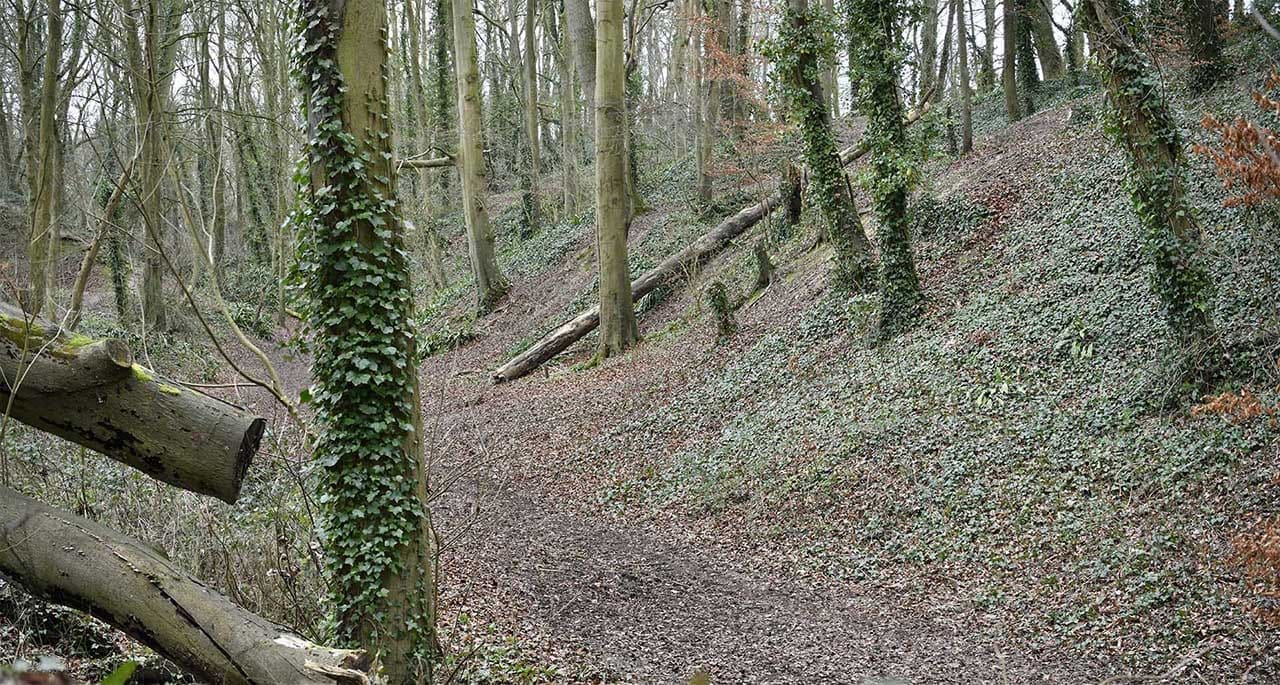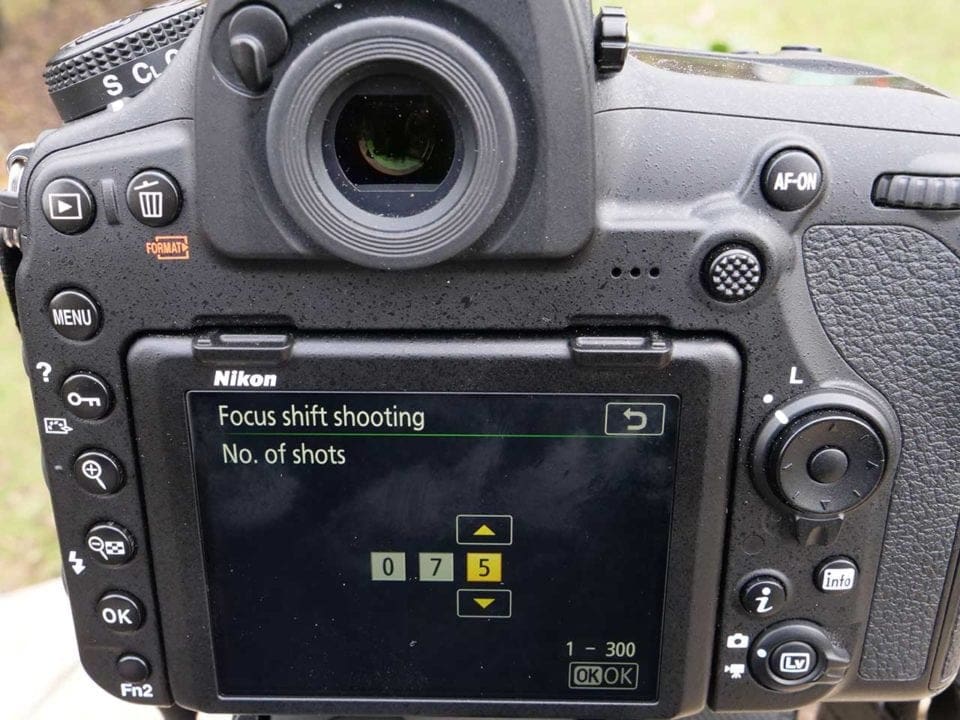One of the handy features included in the Nikon D850 is a Focus Shift mode that enables you easily to shoot focus stacked images with stunning depth of field. It’s one of our favourite features on the camera, and in this tutorial we’ll show you how to quickly set up the Nikon D850’s Focus Shift options and get started making focus stacks.
What is Focus Shift in the Nikon D850?
Focus Shift is Nikon’s term for a mode in the Shooting Menu that makes creating focus stack images in-camera a whole lot easier than you may have done in the past.
When you enable the mode you set the number of shots you want to take, the width of your focus step, the interval time between shots and a number of other options.
The Nikon D850 will then take your number of shots (or until it reaches infinity focus), shifting the plane of focus across the frame.
It will then save this sequence of images in a separate folder on your memory card so you can access them easily. You can then blend them together to make your stack in Photoshop in just a few simple steps. We’ll show you how to do all of this.
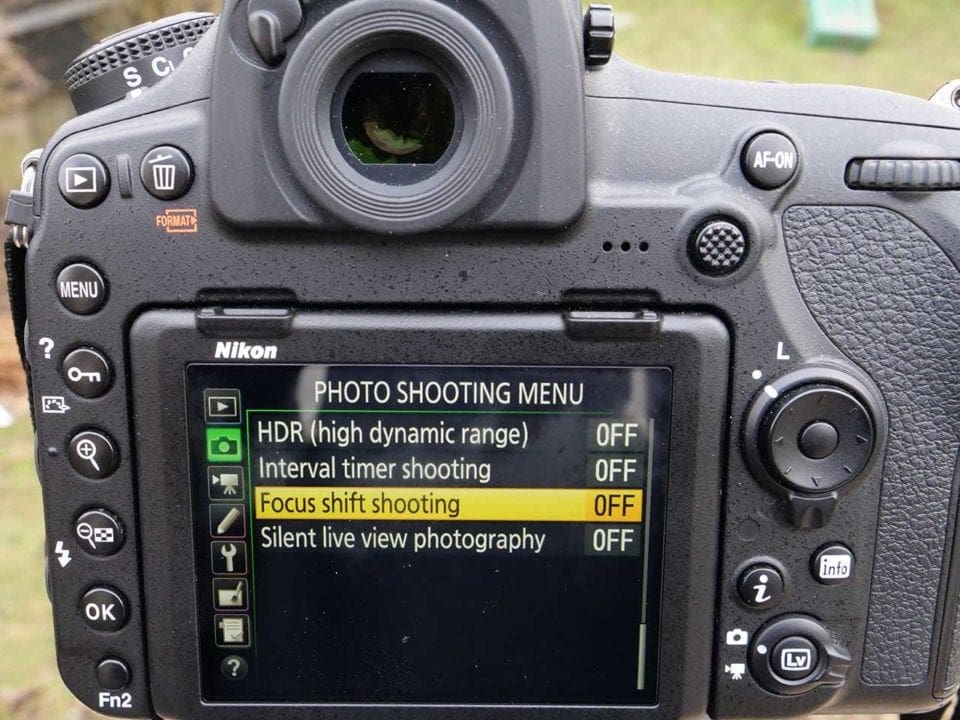
How to set up Focus Shift on the Nikon D850
You can get started shooting your focus stacked image with the Nikon D850 in just a few simple steps, all contained within the same menu…
01 Go to your Shooting Menu
Navigate to the last page of your Shooting Menu and you find the option for Focus Shift shooting. Press the centre button or right arrow on your four-way controller.
02 Set your number of shots
In the Focus Shift menu you’ll see a list of options you need to set before getting started. First, select the number of shots you want to shoot. Here we selected 75. It’s better to err on the side of caution with more, as the D850 will stop shooting once it has reached infinity focus.
We set 75 images, but the D850 usually stopped at about 50.
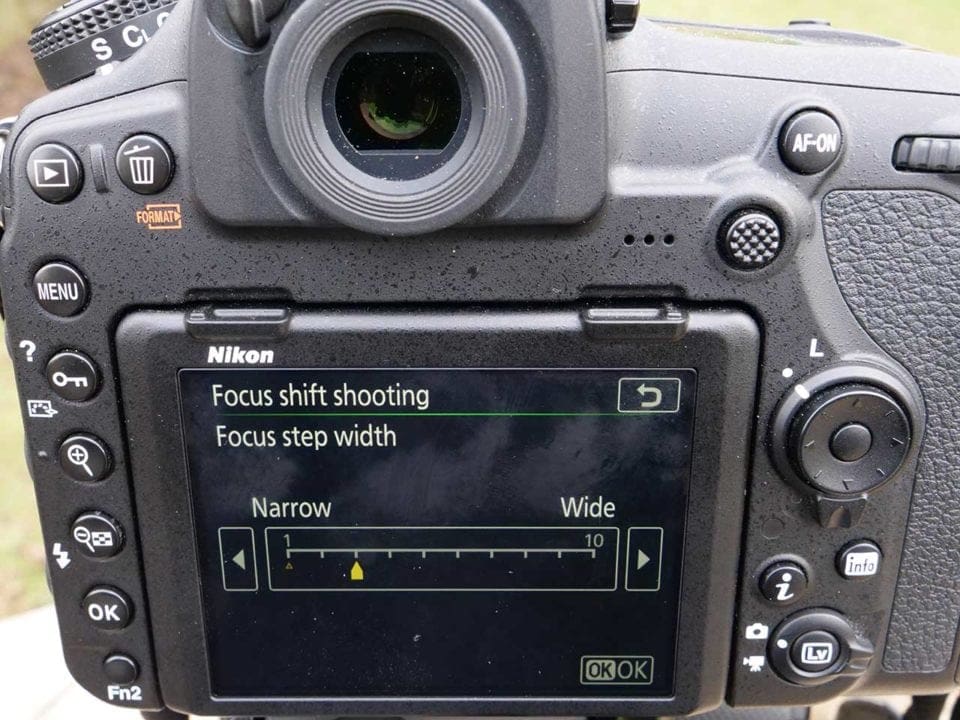
03 Set the width of your focus step
Next you’ll want to set the width of your focus steps. Generally speaking you’ll want to set a narrow step for close-up and macro shots. If shooting a landscape, as we did, set a wider step width. We went for 6.
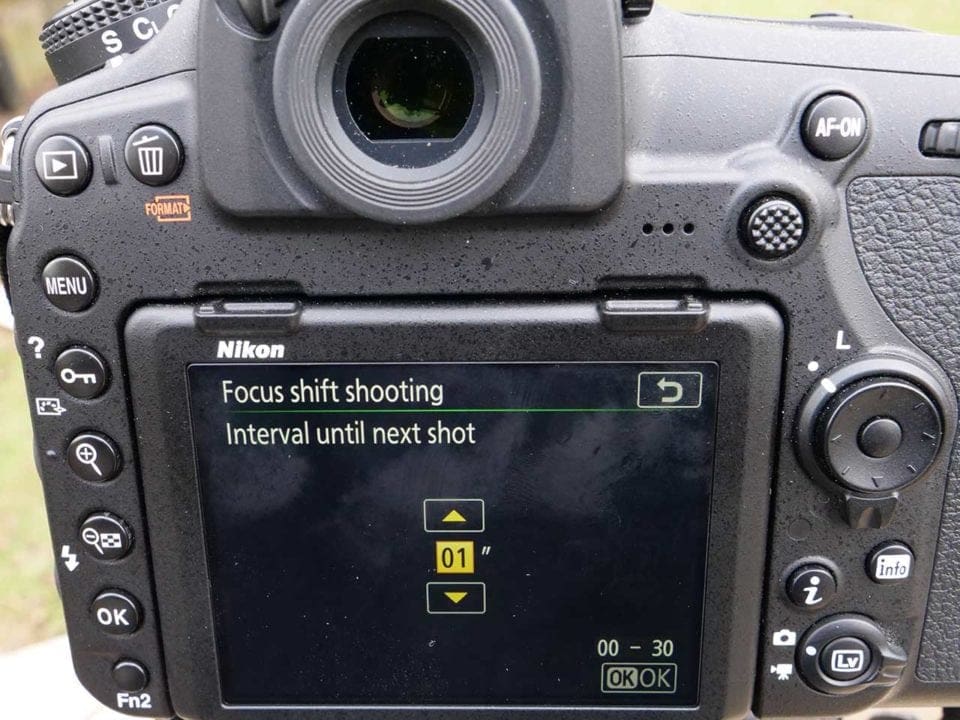
04 Set the interval
You’ll then want to set the interval, or the time between each frame. Here we went for 1sec, which is the minimum.
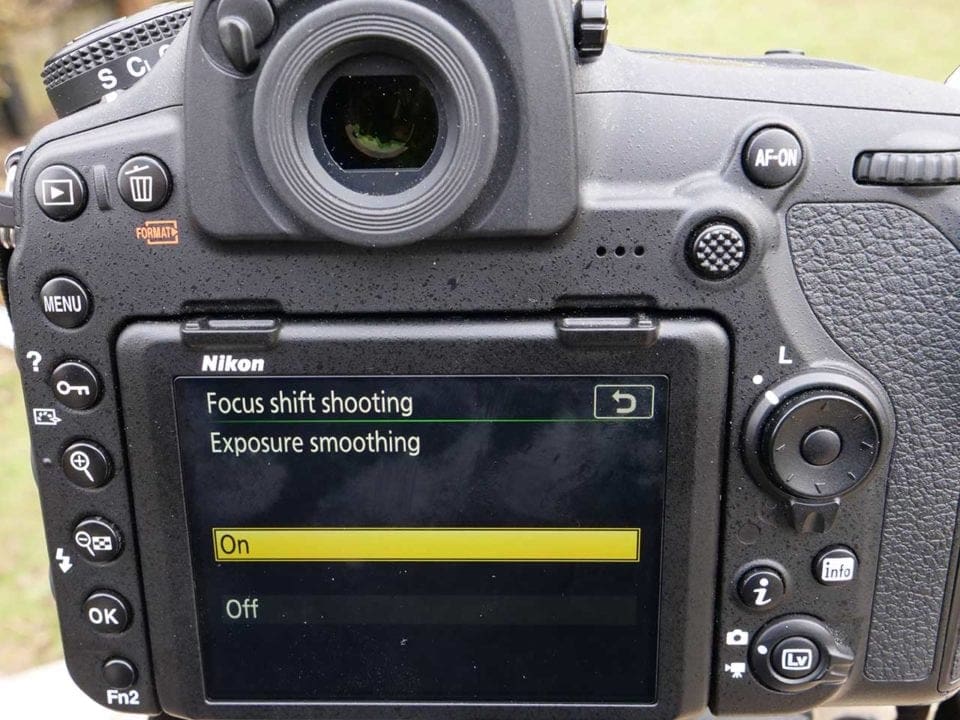
05 Exposure smoothing
With the core settings done you can now enable exposure smoothing. This aims to make the transition between steps more subtle.
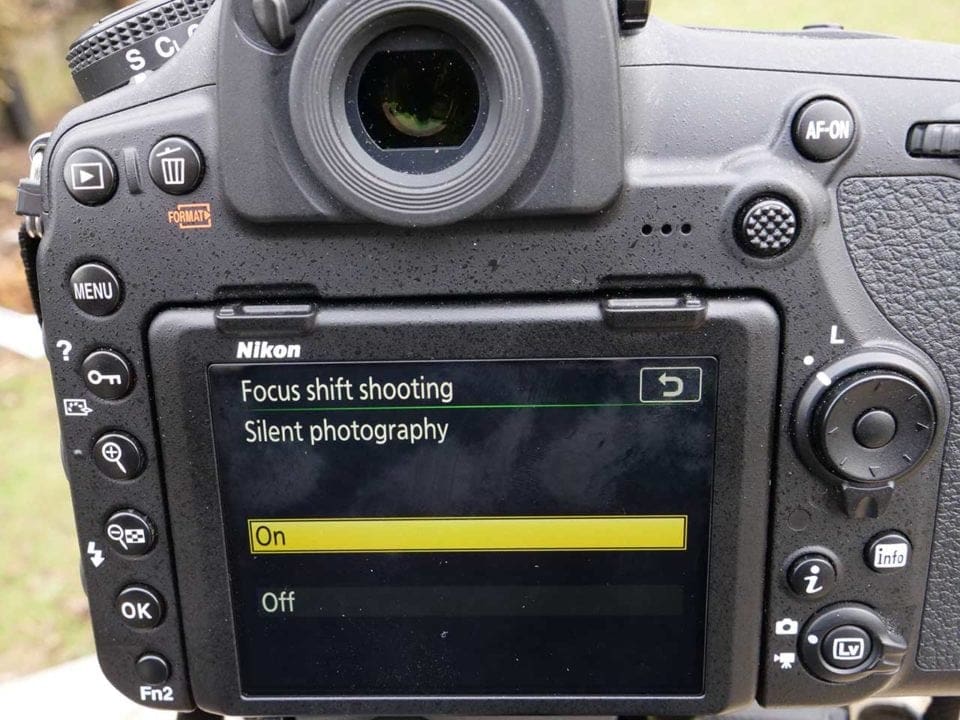
06 Silent photography
You can also choose to switch from the D850’s mechanical shutter to its electronic shutter for silent operation. This will help reduce vibrations that could cause camera shake.
With silent photography enabled it can be a little tricky to know when your sequence has stopped shooting. There are a couple quick ways to tell.
One, a small ‘INTRVL’ text icon will flash in the display on the camera’s top plate as this is happening.
Two, after the last shot in the sequence you’ll hear the traditional shutter sound as the camera switches back from its electronic shutter.
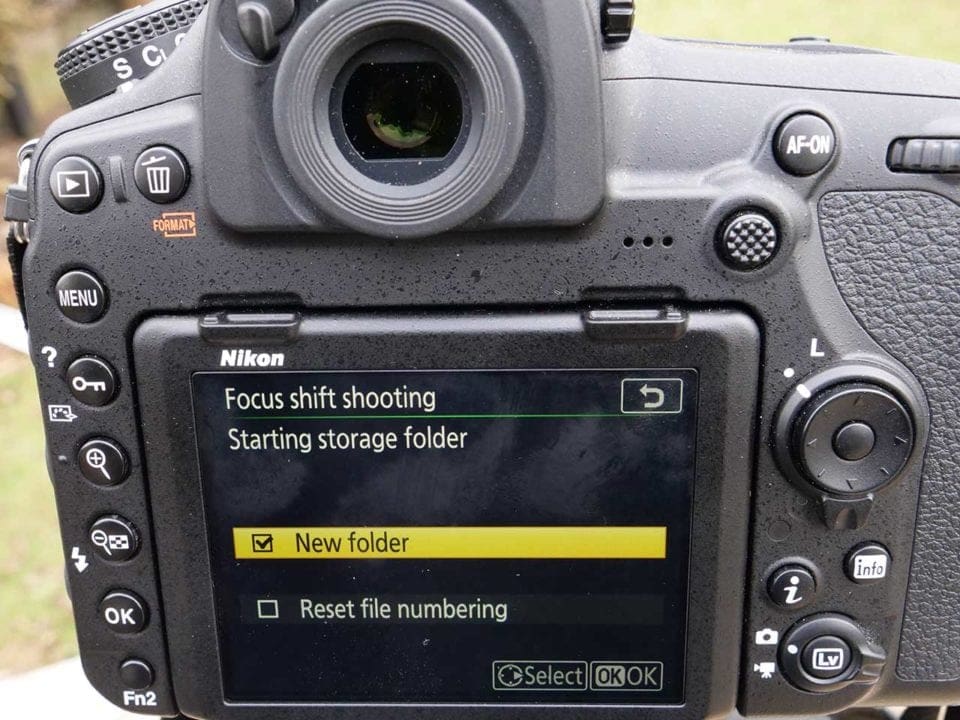
07 Create a new storage folder
A really handy option is the ability to save the images from your sequence in a new folder on your memory card. This makes it quick and easy to locate them when you’re back on the computer.
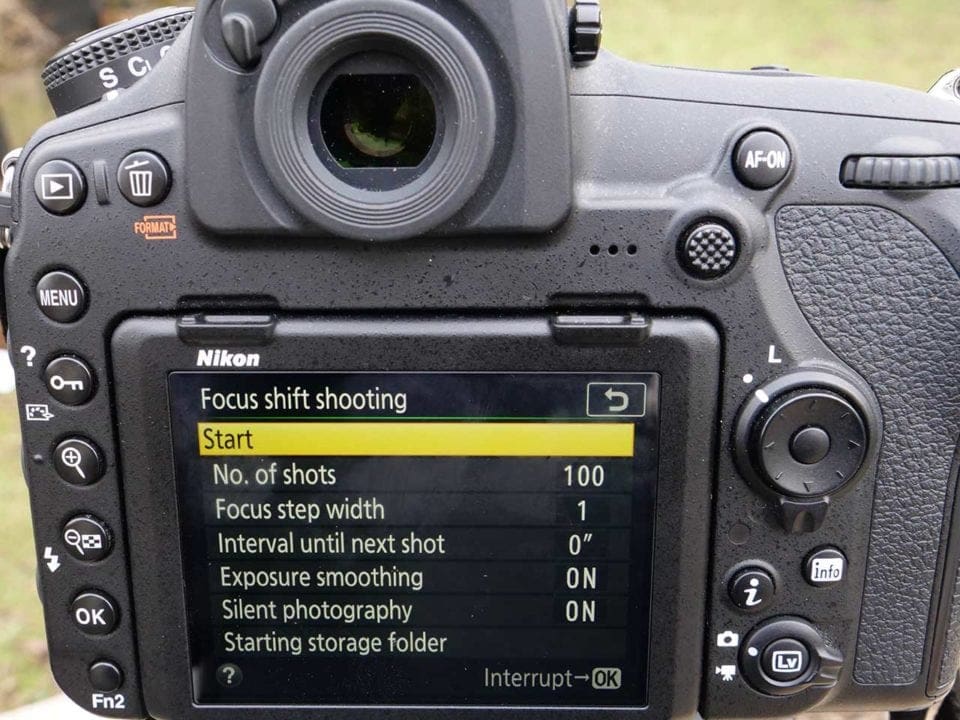
08 Start shooting!
You’ve now exhausted all the Focus Shift settings on the Nikon D850 and it’s time to shoot your stack! Scroll back up to the top of the Focus Shift menu and highlight Start. Then press the centre button or right arrow.
How to blend your images in Photoshop to make a focus stack
Once you’ve shot your Focus Shift sequence on the Nikon D850 and popped your memory card in your computer, you can rest assured you’ve already done all the hard work. Now it’s time to finalise the stack.
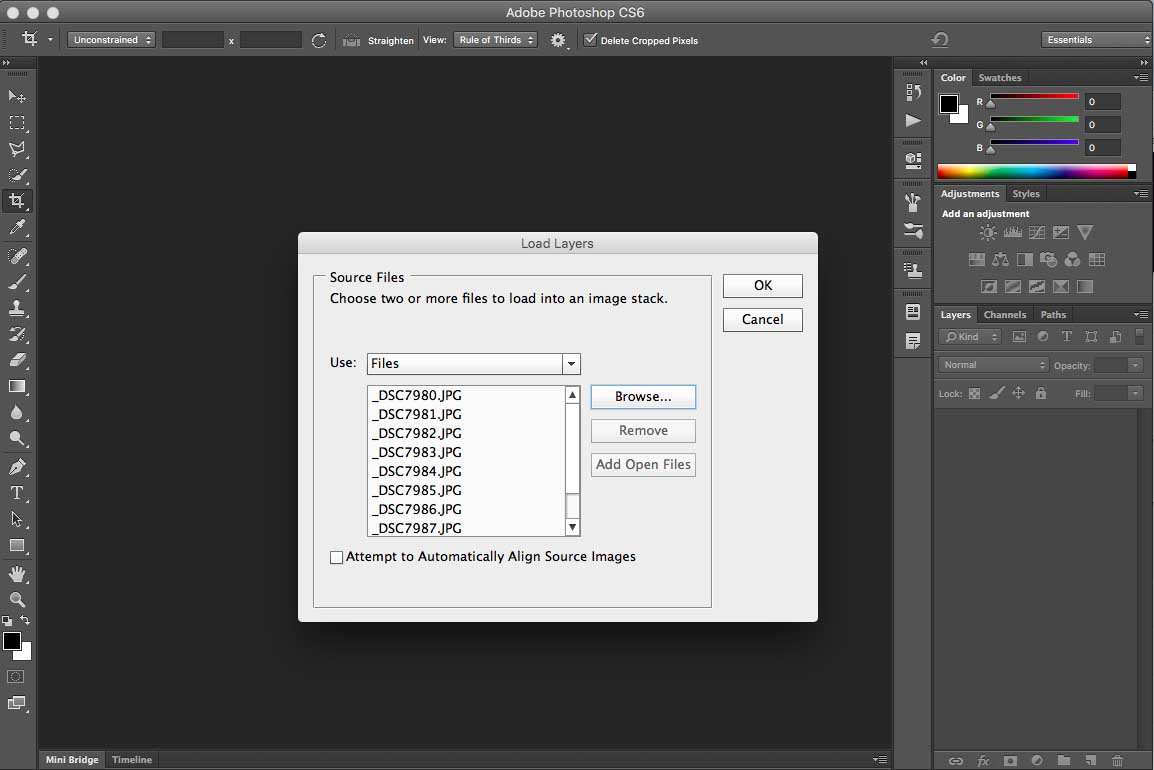
01 Load your files
In Photoshop (we were using CS6 for this tutorial) go to File > Scripts > Load Files Into Stack. A pop-up will appear asking you to browse for your images.
Find your memory card in the storage options, then locate the folder you generated with your Focus Shift images from the Nikon D850.
Select all the images in your sequence. Tick the option to Automatically Align Source Images and click OK.
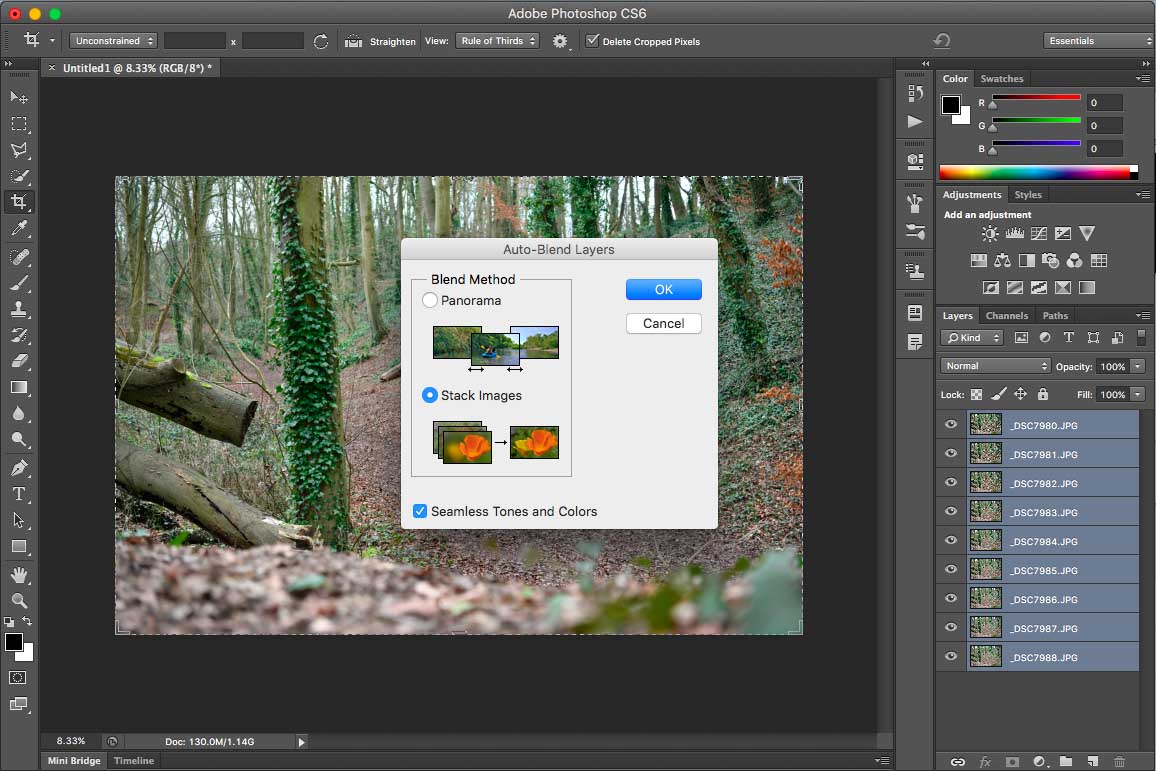
02 Auto Blend the Layers
Your images will now appear to open one by one, but what they are doing is loading as a new layer in what will be your focus stacked image. This can take some time depending on how powerful your computer is.
Once all the image layers have loaded, highlight and select all of them. Finally, go to Edit > Auto Blend Layers and choose the Select Stack Images option.
A ‘Seamless Tones and Colors’ box should be automatically ticked. Leave this ticked and click OK.
03 Fine tune your image
Again, depending how strong you computer is, this could take a few moments, but Photoshop will now blend the layers together, merging them at the point of focus in each layer.
When it’s done you can then flatten the image and save at a resolution for sharing online.
Summary: using the Nikon D850 Focus Shift mode
- Find the Focus Shift menu in your D850’s Shooting menu
- Set the number of shots
- Set the width of your focus steps. Narrow for macro; wider for landscapes
- Set the interval
- Enable exposure smoothing for subtle transitions
- Enable silent photography to reduce vibrations
- Set images to export into a new folder
- In Photoshop load your images into a Stack
- Blend the layers using the auto blend function
